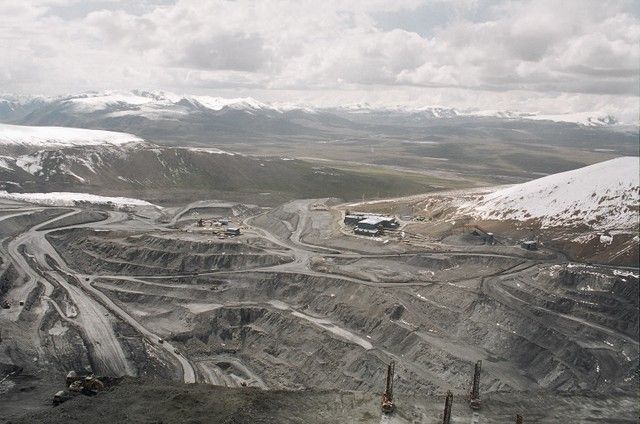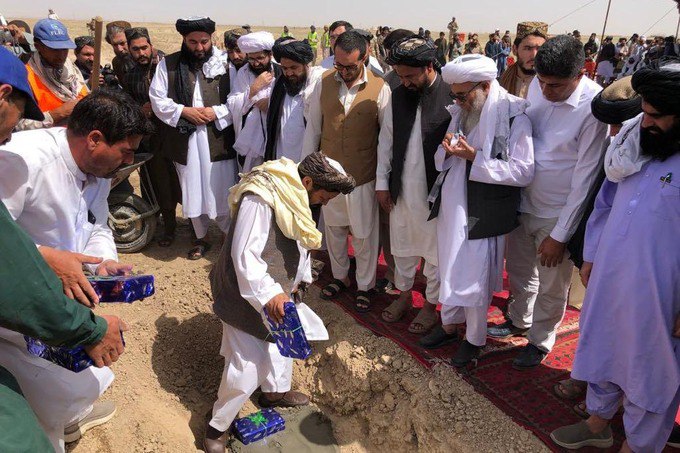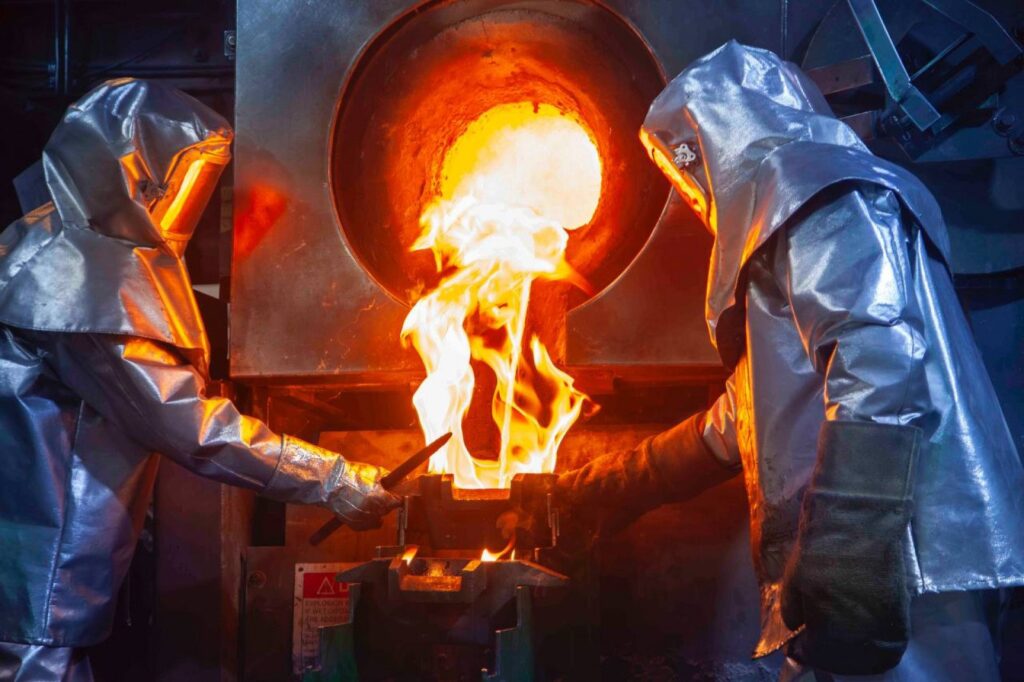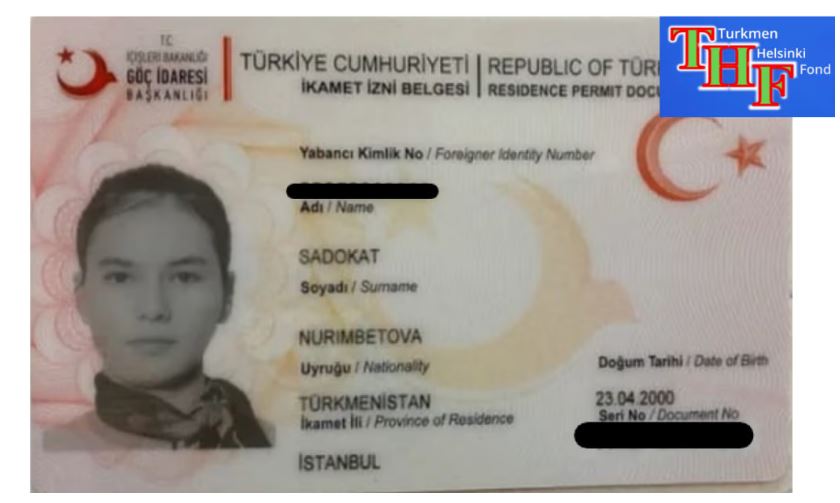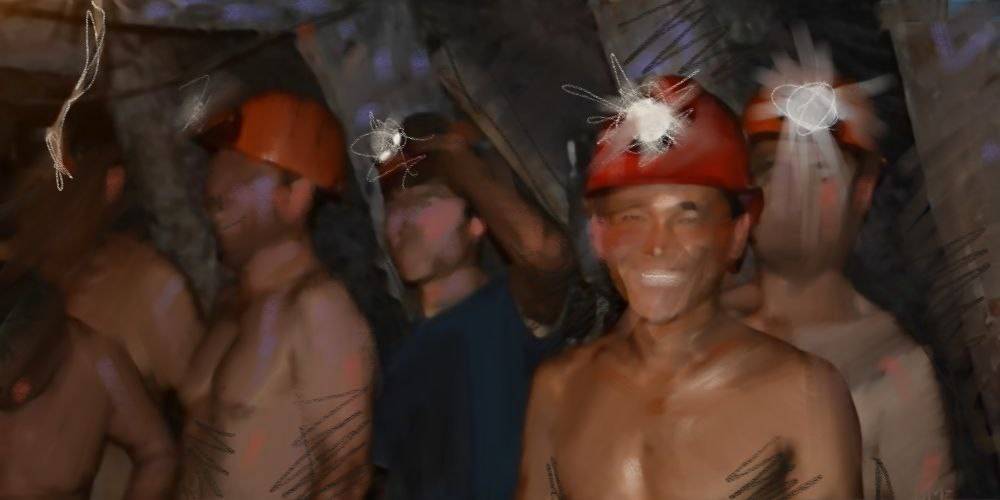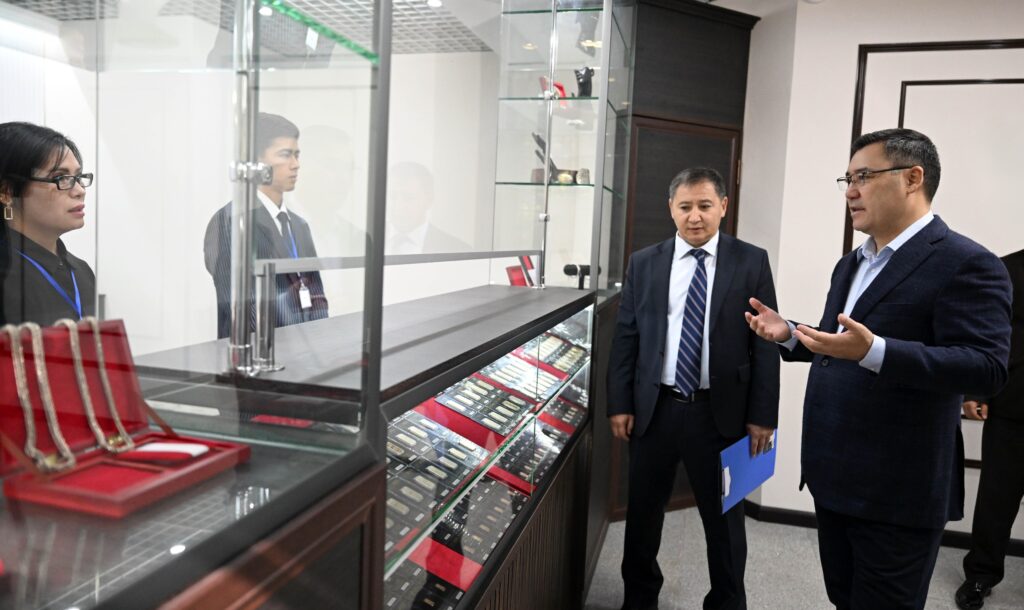BISHKEK (TCA) — This time the clash between Kyrgyzstan’s authorities and the operator of the country’s largest gold mine and core moneymaker Kumtor Gold seems to be more serious than previous ones. At stake is close to $200 million in dividends paid by Kumtor to its parent company in Canada back in early 2013 and withheld by the latter to its shareholders citing a “charge” for “de-recognition” of mining assets during the summer of the previous year. Perfectly legal, the mining company argues. A corporate kickback in the eyes of the Kyrgyz prosecutors, though.
On April 28 this year, a law enforcement team acting on behalf of an “interdepartmental investigative group of the General Prosecutor’s Office, the National Security Committee, the Ministry of Internal Affairs and the State Service for Economic Crimes Control” burst into the office of Kumtor Gold Company in Bishkek. No arrests were made, but loads of documents and computer hard disks were taken away under the eyes of shocked staff.
The very next morning, the Company’s Vice President Mark Burton, responsible for finance, and his colleague Leslie Louw, in charge of procurement and logistics, left Kyrgyzstan “to take their long-planned vacations” that had been approved back in January and March 2016, as the Kumtor Gold Company said in a press release.
Their departure prompted the Prosecutor’s office to issue an ominous-looking response. “The investigating authorities intend to carry out all the necessary activities with their participation. In case of their nonappearance for investigation activities, appropriate actions under the laws of the Kyrgyz Republic will be taken in respect of them,” Kyrgyz news agencies quoted the office as stating.
Negative balance for 2012
“The purpose of the search appears to be to collect documents relevant to a criminal case relating to alleged financial violations by KGC in connection with past inter-corporate transactions between KGC and Centerra,” an official comment by Kumtor Gold following the raid was to read. “The Kyrgyz Republic government has expressed concerns regarding, among other things, an inter-corporate dividend paid by KGC to Centerra in 2013. The Company re-iterates that such inter-corporate dividend complied with the 2009 agreements governing the Kumtor Project and all applicable Kyrgyz Republic laws. Any claims to the contrary are without merit,” the comment reads further down – adding that the enterprise “…remains committed to working with them to resolve these issues in accordance with the Kumtor Project Agreements.”
At stake this time is a transfer in the order of 200 million US dollar made in early 2013 by Kumtor Gold to its 100 per cent parent company Centerra of Canada, indicated as “dividend” from net income over the previous year. How this could be in the face of a “net loss” of $143.7 million or $0.61 per share posted over 2012 by Centerra, allegedly due to extra costs, is a question that has kept Kyrgyzstan’s authorities on the alert ever since. The affair led to the arrest of former Kyrgyzaltyn chair Dilger Japarov, and his subsequent sentence to 3 years in jail in December last year, for transferring the mentioned $200 million in dividends for 2012 “…to its only shareholder without coordinating the issue with, or notifying the Kyrgyz government. It is all the more questionable that the company reported a negative balance for 2012,” in the words of Russia’s judicial news agency RAPSI in its report on the issue posted on December 14.
‘A re-design of the production plan’
The mild sentence was due to the conviction that Japarov had apparently not acted on his own initiative, nor with the purpose of personal gains, both the prosecutor and the judge agreed. This, however, left the questions the authorities were left with unanswered. As it appears, they must have been related to measures taken by Kumtor in order to correct the situation concerning mining waste, which as usual in mining operations amounts to vast quantities as the amount of pure gold in ore never exceeds a few per cent.
“The 2012 results reflected a charge for the de-recognition of the underground assets at Kumtor of $180.7 million and the negative impact on production of the acceleration of ice and waste in the high movement area above the SB zone which delayed the release of ore and required a re-design of the production plan early in 2012,” Centerra’s annual report over the year was to read. “[…] Milling activities at Kumtor were temporarily suspended on July 23, 2012 upon depletion of the low grade stockpiles that were being processed while awaiting the release of ore from the pit. The mill resumed operation on September 28, 2012.”
From asset to liability
As a result of the operation, Centerra argued in its report, not only sales revenue dropped to $533.6 million with just below 315 million troy ounce of refined gold sold through the year 2012 from $941.1 million through sales of close to 600 million ounce in 2011. So-called all-in cash costs, including a non-specified amount of “discretionary spending” indicated as “pre-tax” over 2012 were reported at the amount of $614.5 million. The next year, Kumtor almost doubled its output to more than 600,000 ounces of gold end product. The “discretionary” expenditures from the previous year were not turned over into the 2013 balance sheet.
At the background could be a change made at the time in the International Financial Reporting Standards, maintained by the International Accounting Standards Board (IASB), to which Centerra seems to adhere.
